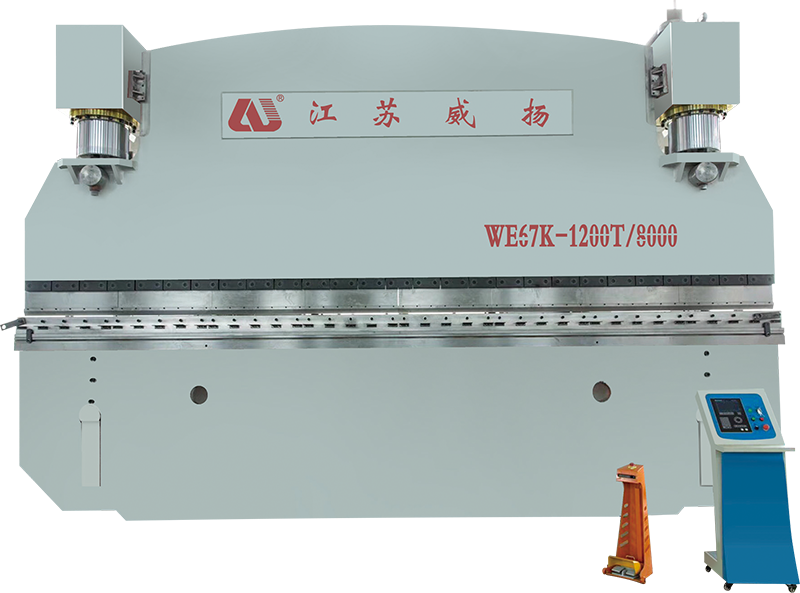How does the CNC technology in a sweeper truck improve its performance and efficiency?
CNC technology enables precise control over all essential sweeping functions, including the rotation speed of the brushes, the suction power of the vacuum system, and the water spray distribution. This control system uses computer algorithms to calculate and adjust settings in real-time, depending on the nature of the debris and the surface type being cleaned. For instance, the brushes can be automatically adjusted to vary their rotation speed and pressure based on whether they are cleaning rough construction sites or delicate urban roads. Similarly, suction power can be optimized to handle everything from fine dust particles to larger, heavier debris. The result is a more thorough and consistent cleaning process that is tailored to the specific conditions, leading to superior cleaning outcomes compared to traditional, manually adjusted sweepers.
One of the key advantages of CNC technology is the automation of many traditionally manual adjustments during the sweeping process. This feature allows the sweeper truck to operate with minimal human intervention while still maintaining maximum efficiency. The system automatically monitors parameters like debris load, surface condition, and environmental factors, adjusting the operation of the brushes, water sprayers, and vacuum systems as needed. For example, if the sweeper encounters a section of roadway with more litter or sticky material, the system will increase brush pressure and vacuum suction automatically to ensure effective removal. This real-time adjustment ability reduces the risk of underperformance in cleaning and improves operational continuity, allowing the truck to keep working without requiring frequent operator intervention.
CNC technology empowers the sweeper truck with the ability to continuously process data from a variety of sensors installed on the vehicle. These sensors monitor key variables such as terrain conditions, moisture levels, debris types, and even traffic patterns. Based on this data, the CNC system can adjust the sweeper’s performance on the fly, ensuring that it is always operating at its most effective settings. For example, if the truck moves from a dry paved road to a wet, muddy area, the system may reduce the water usage for cleaning while increasing brush agitation to handle the wet debris. This dynamic adaptability allows for a more responsive and efficient sweeping operation, maximizing performance across diverse environments without requiring manual reconfiguration.
CNC technology plays a crucial role in optimizing the use of resources, such as water, cleaning agents, and fuel. Traditional sweepers may often use more resources than necessary, leading to waste and inefficiency. In contrast, the CNC system optimizes water usage by adjusting the spray system based on the condition of the surface being cleaned. For example, during light cleaning, the system may reduce water consumption, while during heavy debris collection, it may increase spray levels for effective dust suppression. Additionally, CNC technology allows for optimized fuel consumption by adjusting engine performance and brush speeds to the required level of cleaning power. These efficiencies lead to lower operational costs and a reduced environmental footprint, as the truck uses fewer resources while maintaining high standards of cleanliness.
CNC technology ensures that the sweeper truck consistently covers all areas with optimal efficiency. By continually adjusting the brush settings and vacuum suction in real-time, the system ensures that no debris is left behind, and no area is missed. This precision also eliminates the need for multiple passes, as the sweeper automatically adapts to varying debris conditions. For instance, if an area has heavier trash or dirt, the system will enhance the suction power or brush speed to guarantee thorough cleaning. In turn, this reduces cleaning time, energy use, and the need for extra manual labor, increasing the overall efficiency of the vehicle and providing a higher level of cleanliness in less time.


















